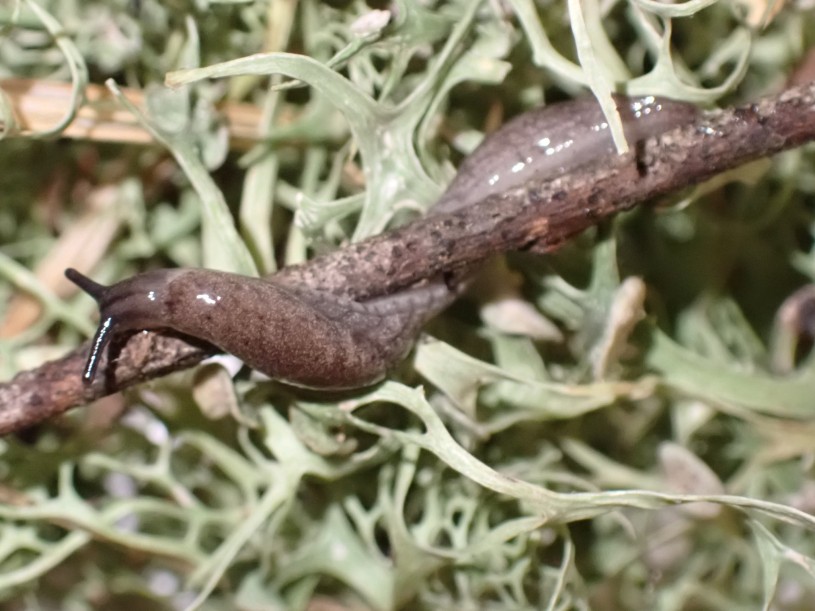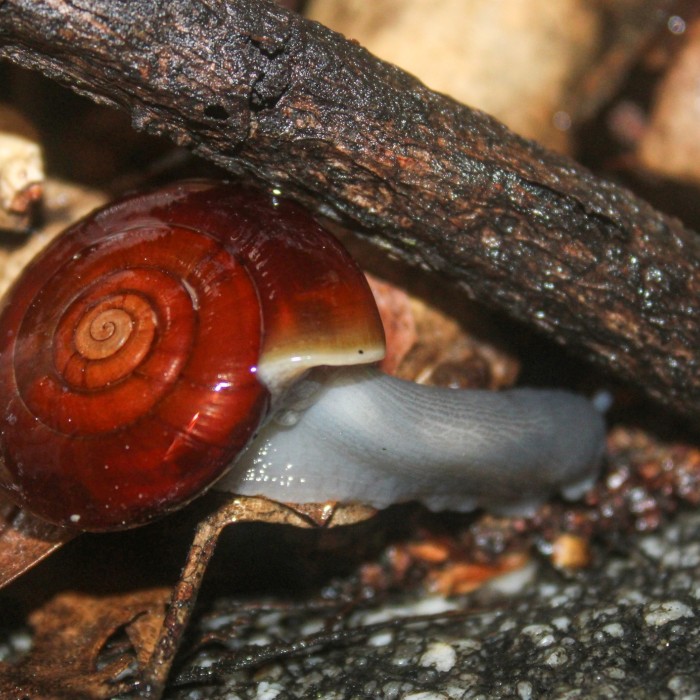Snail Love
Discover the secrets of snail love and show your love for the slimiest Angelenos—it's time for SnailBlitz 2024!
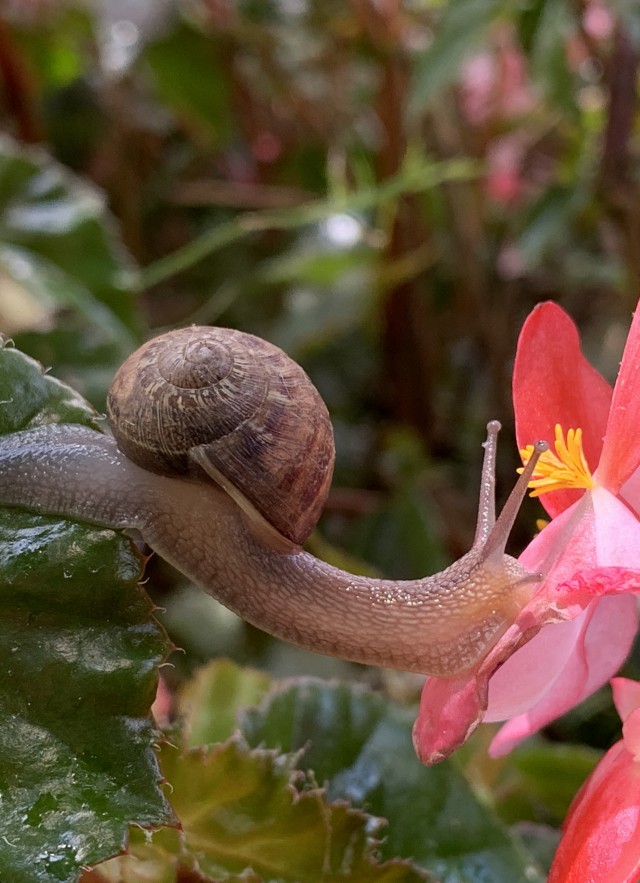
Published February 7, 2024
Snails and slugs are full of surprises. You may know about the incredible amount of teeth they have, but did you know land snails could give Cupid a run for his money?
As part of their mating ritual (yes, they have a mating ritual), some land snails shoot each other with “love darts”.
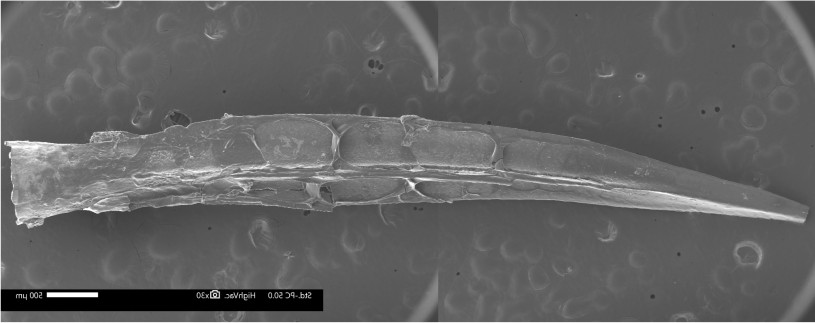
Researchers previously thought these projectiles of passion might be “gifts” of calcium, but understandings have progressed. For some species, their mating ritual begins with as many as six hours of circling each other, then tender tentacle touching, love bites, and the launching of the dart. The dart then reconfigures the reproductive system of the targeted snail to increase the sender’s chances of becoming the proud parent of baby snails.
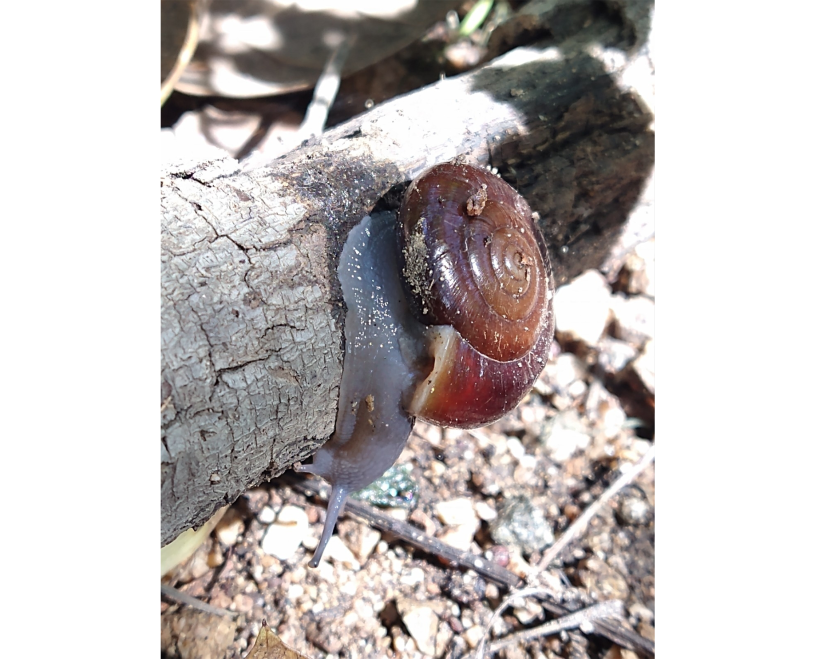
iNaturalist observation by Susan Hopkins
Snail love may be complicated, but helping the snails we love can be surprisingly simple: join SnailBlitz 2024.
Endangered snails like the California shoulderband snail are understudied and every new observation helps researchers like Associate Curator of Malacology Jann Vendetti better understand how they live—and how to protect them. iNaturalist observations like those from SnailBlitz have been used in scientific research and in a petition to have the San Gabriel chestnut snail listed as an endangered species.
“SnailBlitz spans two months, from February 1 to March 31, and usually coincides with the rainiest weather of the year, an excellent time to document what species live in Southern California and where they are found. These include species that are rare, like the San Gabriel Chestnut snail, Glyptostoma gabrielense, found in the San Gabriel Mountains and foothills, and common ones, like the introduced Milky slug, Deroceras reticulatum, found in gardens, parks, and urban landscaping. Though snails and slugs are mostly nocturnal, on a rainy day you might see them boldly venturing across the sidewalk or crawling on plants and structures. To find native species, look under decaying plants, a decomposing tree trunk, or in and among leaf litter in oak woodland, riparian, or coastal sage scrub habitat. If you're outside at night with a flashlight, you might find several species.”
